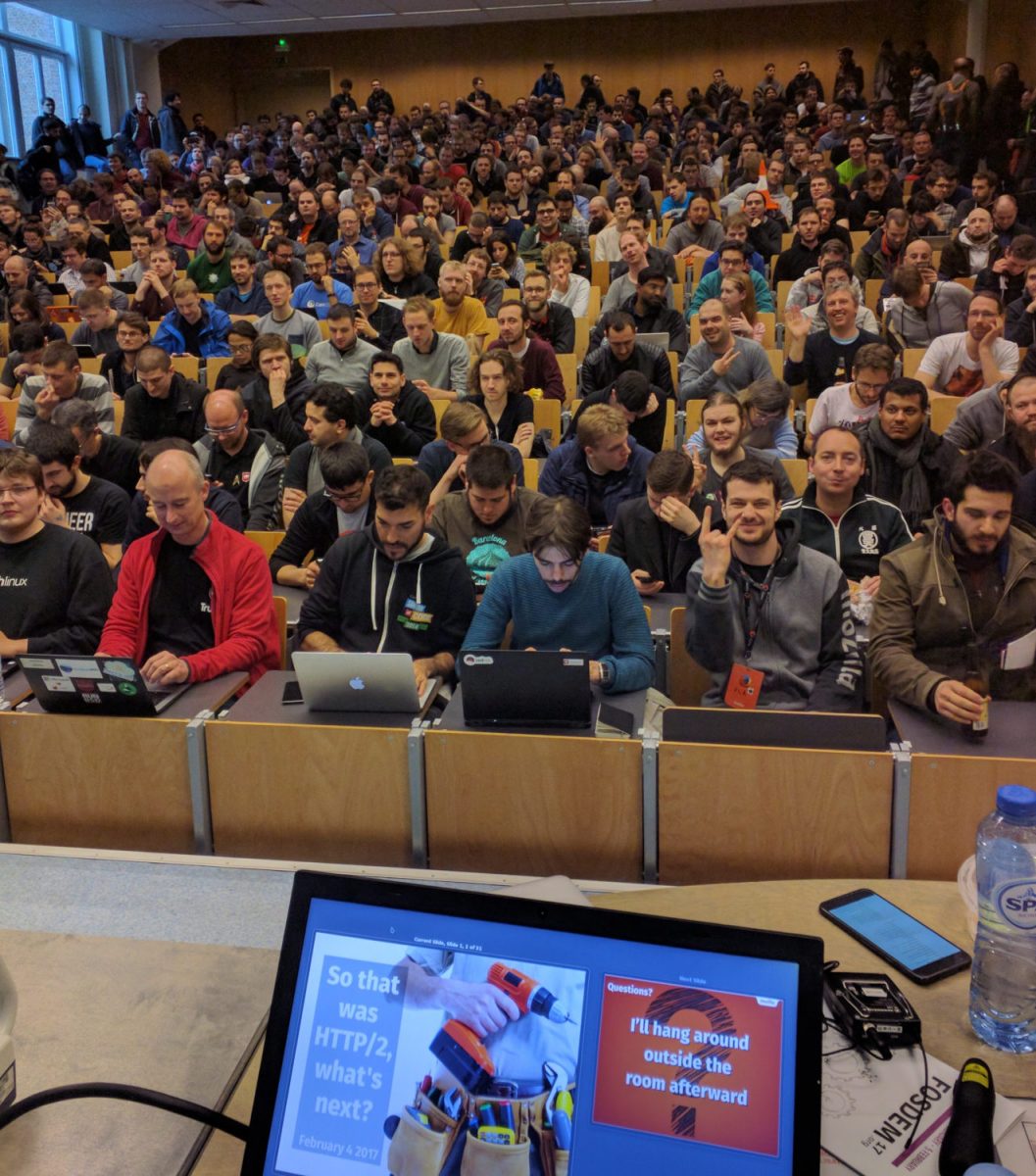I view myself as primarily a software developer. Perhaps secondary as someone who’s somewhat knowledgeable in networking and is participating in protocol development and discussions. I do not regularly proclaim myself to be a “speaker” or someone who’s even very good at talking in front of people.
Time to wake up and face reality? I’m slowly starting to realize that I’m actually doing more presentations than ever before in my life and I’m enjoying it.
Since October 2015 I’ve done 53 talks and presentations in front of audiences – in ten countries. That’s one presentation done every 25 days on average. (The start date of this count is a little random but it just happens that I started to keep a proper log then.) I’ve talked to huge audiences and to small. I done presentations that were appreciated and I’ve done some that were less successful.
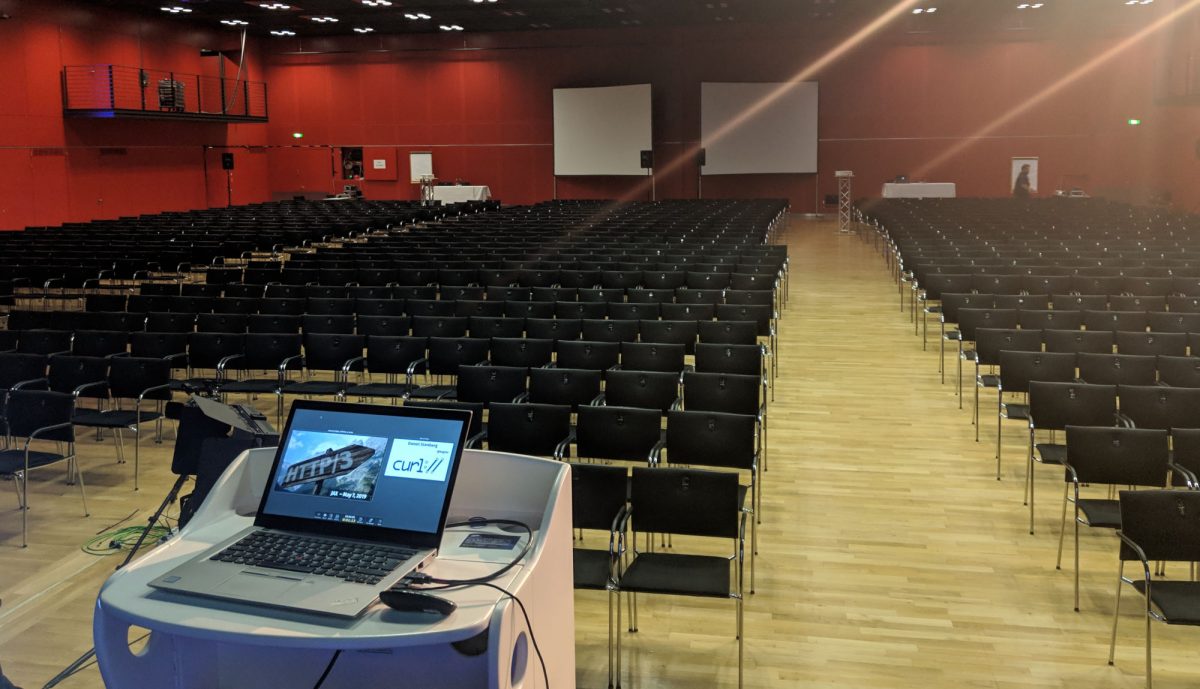
My increased frequency in speaking engagements coincides with me starting to work full-time from home back in 2014. Going to places to speak is one way to get out of the house and see the “real world” a little bit and see what the real people are doing. And a chance to hang out with humans for a change. Besides, I only ever talk on topics that are dear to me and that I know intimately well so I rarely feel pressure when delivering them. 2014 – 2015 was also the time frame when HTTP/2 was being finalized and the general curiosity on that new protocol version helped me find opportunities back then.
Public speaking is like most other things: surprisingly enough, practice actually makes you better at it! I still have a lot to learn and improve, but speaking many times has for example made me better at figuring out roughly how long time I need to deliver a particular talk. It has taught me to “find myself” better when presenting and be more relaxed and the real me – no need to put up a facade of some kind or pretend. People like seeing that there’s a real person there.
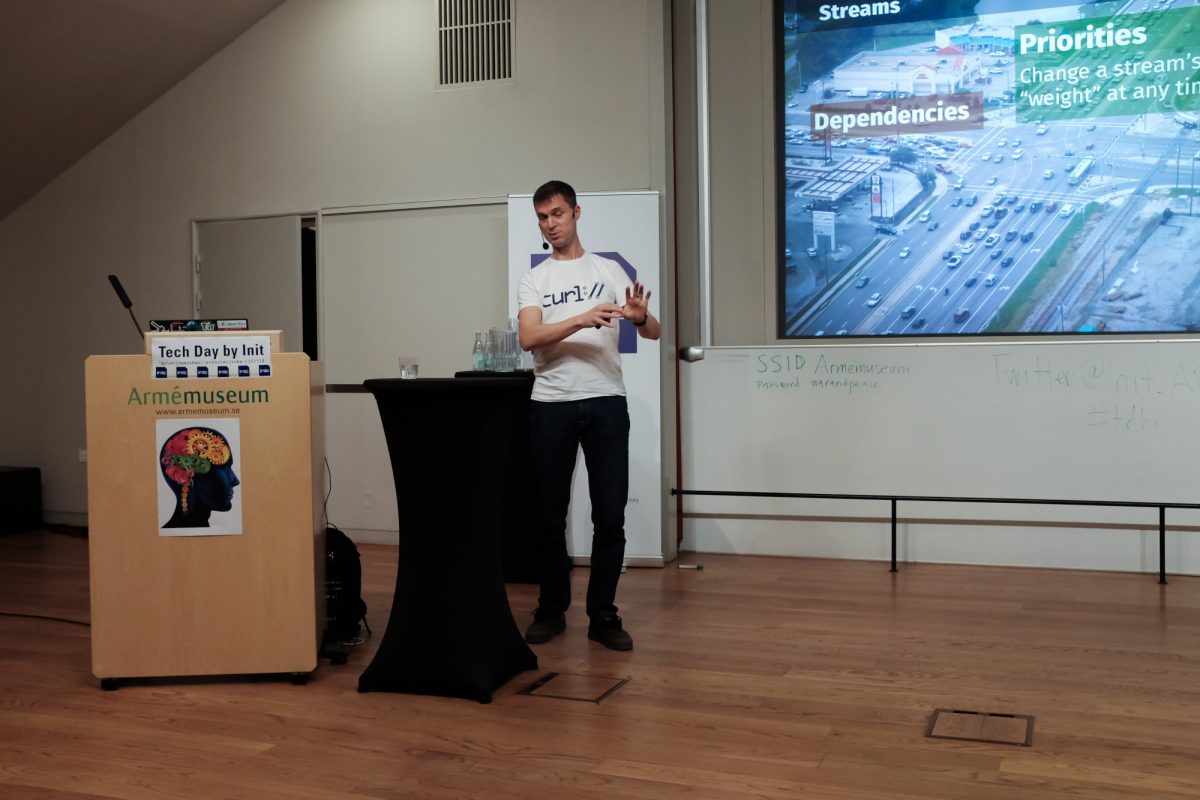
I’m not even getting that terribly nervous before my talks anymore. I used to really get a raised pulse for the first 45 talks or so, but by doing it over and over and over I think the practice has made me more secure and more relaxed in my attitude to the audience and the topics. I think it has made me a slightly better presenter and it certainly makes me enjoy it more.
I’m not “a good presenter”. I can deliver a talk and I can do it with dignity and I think the audience is satisfied with me in most cases, but by watching actual good presenters talk I realize that I still have a long journey ahead of me. Of course, parts of the explanation is that, to connect with the beginning of this post, I’m a developer. I don’t talk for a living and I actually very rarely practice my presentations very much because I don’t feel I can spend that time.

Some of the things that are still difficult include:
The money issue. I actually am a developer and that’s what I do for a living. Taking time off the development to prepare a presentation, travel to a distant place, sacrifice my spare time for one or more days and communicating something interesting to an audience that demands and expects it to be both good and reasonably entertaining takes time away from that development. Getting travel and accommodation compensated is awesome but unfortunately not enough. I need to insist on getting paid for this. I frequently turn down speaking opportunities when they can’t pay me for my time.
Saying no. Oh my god do I have a hard time to do this. This year, I’ve been invited to so many different conferences and the invitations keep flying in. For every single received invitation, I get this warm and comfy feeling and I feel honored and humbled by the fact that someone actually wants me to come to their conference or gathering to talk. There’s the calendar problem: I can’t be in two places at once. Then I also can’t plan events too close to each other in time to avoid them holding up “real work” too much or to become too much of a nuisance to my family. Sometimes there’s also the financial dilemma: if I can’t get compensation, it gets tricky for me to do it, no matter how good the conference seems to be and the noble cause they’re working for.

Feedback. To determine what parts of the presentation that should be improved for the next time I speak of the same or similar topic, which parts should be removed and if something should be expanded, figuring what works and what doesn’t work is vital. For most talks I’ve done, there’s been no formal way to provide or receive this feedback, and for the small percentage that had a formal feedback form or a scoring system or similar, taking care of a bunch of distributed grades (for example “your talk was graded 4.2 on a scale between 1 and 5”) and random comments – either positive or negative – is really hard… I get the best feedback from close friends who dare to tell me the truth as it is.
Conforming to silly formats. Slightly different, but some places want me to send me my slides in, either a long time before the event (I’ve had people ask me to provide way over a week(!) before), or they dictate that the slides should be sent to them using Microsoft Powerpoint, PDF or some other silly format. I want to use my own preferred tools when designing presentations as I need to be able to reuse the material for more and future presentations. Sure, I can convert to other formats but that usually ruins formatting and design. Then a lot the time and sweat I put into making a fine and good-looking presentation is more or less discarded! Fortunately, most places let me plug in my laptop and everything is fine!
Upcoming talks?
As a little service to potential audience members and conference organizers, I’m listing all my upcoming speaking engagements on a dedicated page on my web site:
https://daniel.haxx.se/talks.html
I try to keep that page updated to reflect current reality. It also shows that some organizers are forward-planning waaaay in advance…
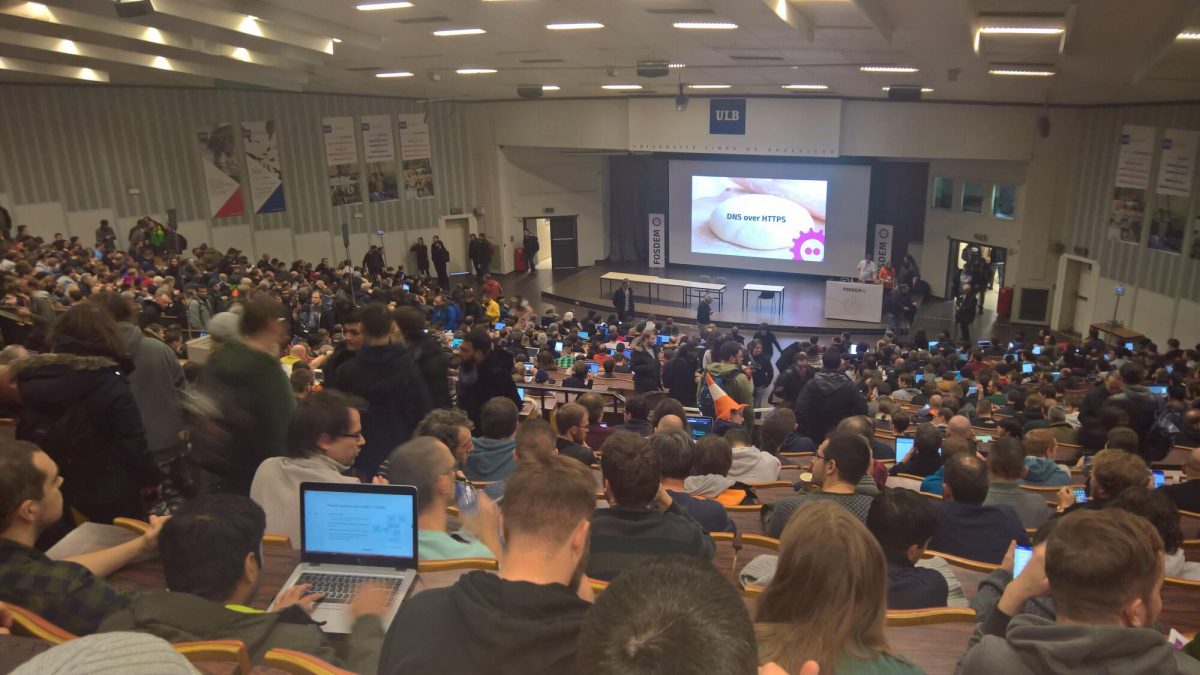
Invite someone like me to talk?
Here’s some advice on how to invite a speaker (like me) with style:
- Ask well in advance (more than 2-3 months preferably, probably not more than 9). When I agree to a talk, others who ask for talks in close proximity to that date will get declined. I get a surprisingly large amount of invitations for events just a month into the future or so, and it rarely works for me to get those into my calendar in that time frame.
- Do not assume for-free delivery. I think it is good tone of you to address the price/charge situation, if not in the first contact email at least in the following discussion. If you cannot pay, that’s also useful information to provide early.
- If the time or duration of the talk you’d like is “unusual” (ie not 30-60 minutes) do spell that out early on.
- Surprisingly often I get invited to talk without a specified topic or title. The inviter then expects me to present that. Since you contact me you clearly had some kind of vision of what a talk by me would entail, it would make my life easier if that vision was conveyed as it could certainly help me produce a talk subject that will work!
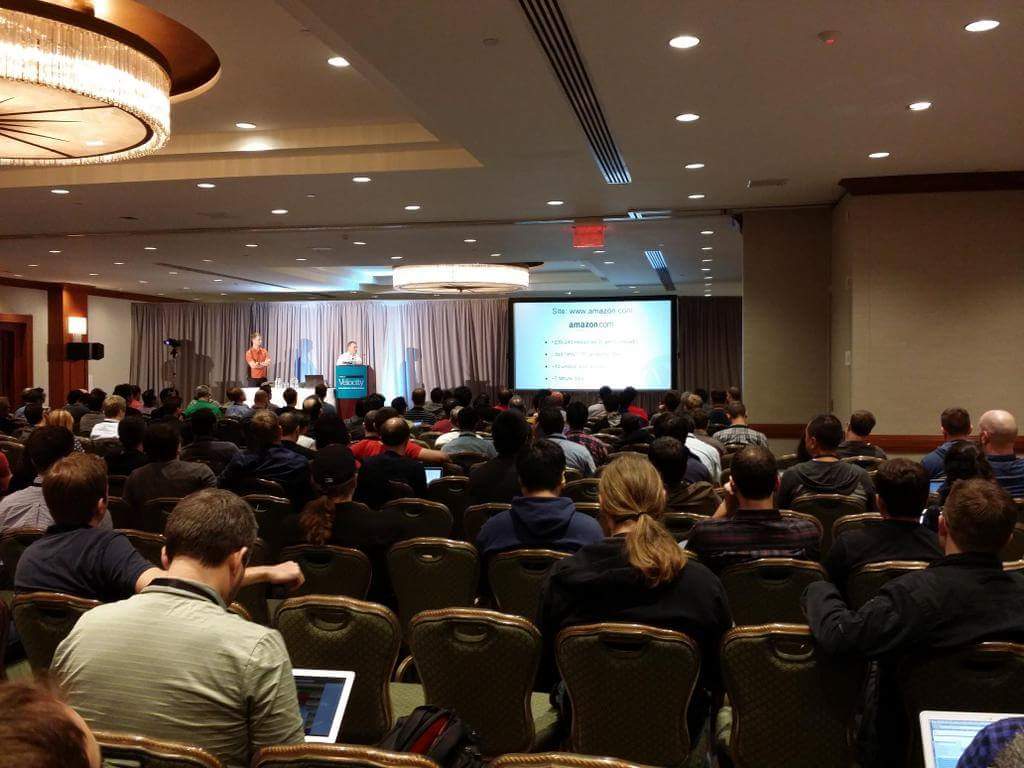
What I bring
To every presentation I do, I bring my laptop. It has HDMI and USB-C ports. I also carry a HDMI-to-VGA adapter for the few installations that still use the old “projector port”. Places that need something else than those ports tend to have their own converters already since they’re then used with equipment not being fitted for their requirements.
I always bring my own clicker (the “remote” with which I can advance to next slide). I never use the laser-pointer feature, but I like being able to move around on the stage and not have to stand close to the keyboard when I present.
Presentations
I never create my presentations with video or sound in them, and I don’t do presentations that need Internet access. All this to simplify and to reduce the risk of problems.
I work hard on limiting the amount of text on each slide, but I also acknowledge that if a slide set should have value after-the-fact there needs to be a certain amount. I’m a fan of revealing the text or graphics step-by-step on the slides to avoid having half the audience reading ahead on the slide and not listening.
I’ve settled on 16:9 ratio for all presentations. Luckily, the remaining 4:3 projectors are now scarce.
I always make and bring a backup of my presentations in PDF format so that basically “any” computer could display that in case of emergency. Like if my laptop dies. As mentioned above, PDF is not an ideal format, but as a backup it works.
